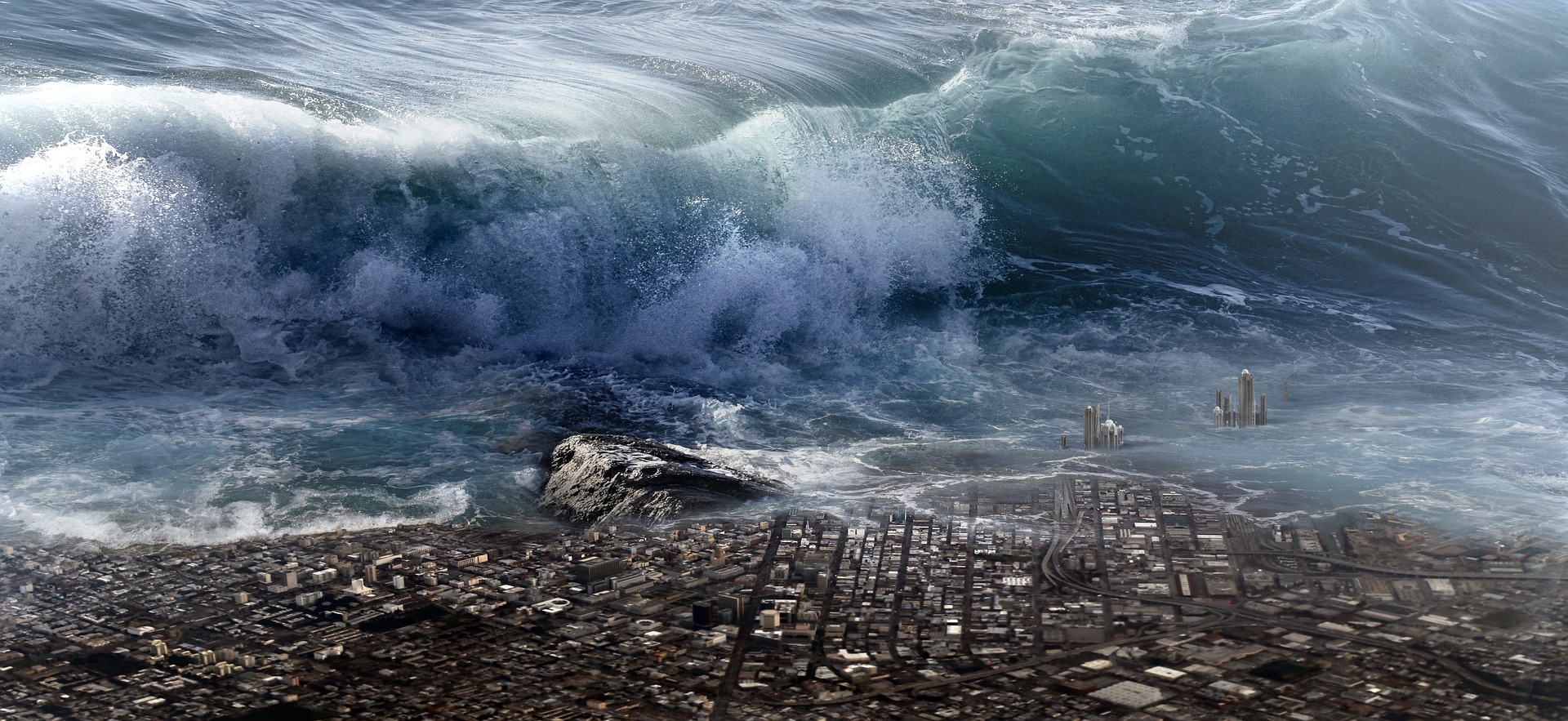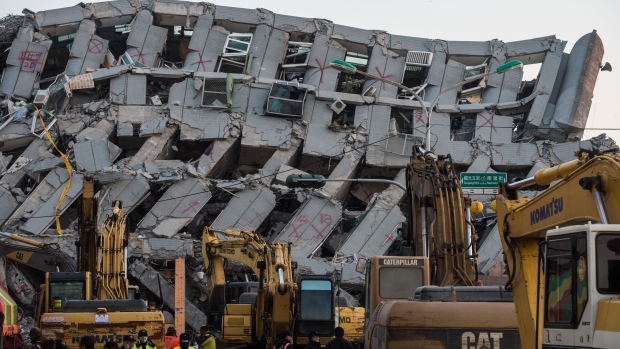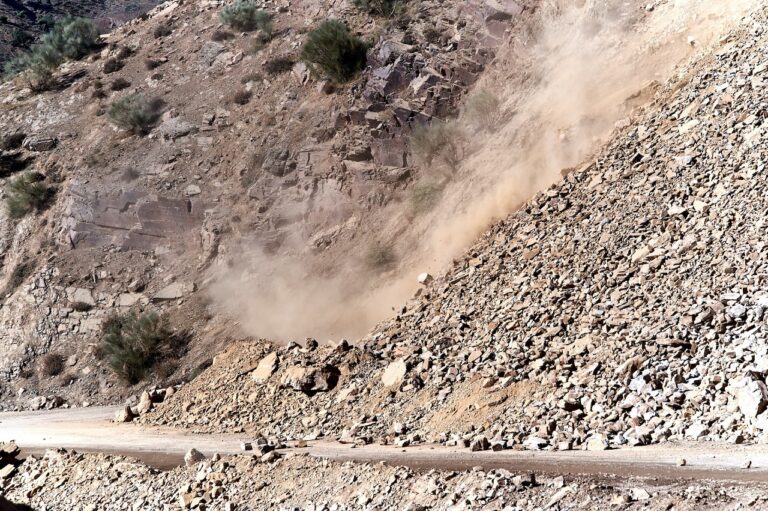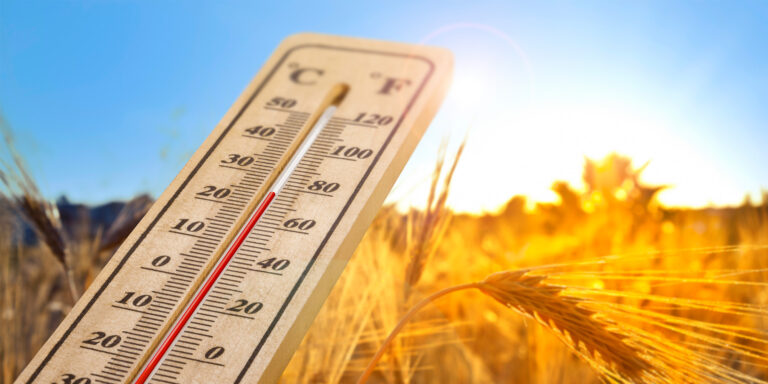The Earth’s lithosphere is broken up into a bunch of discrete pieces, called plates that move around the surface of the planet. There are seven or eight major plates (depending on how they are defined) and many minor plates. The speed of tsunami waves depends on ocean depth rather than the distance from the source of the wave. Tsunami waves may travel as fast as jet planes over deep waters, only slowing down when reaching shallow waters. While tsunamis are often referred to as tidal waves, this name is discouraged by oceanographers because tides have little to do with these giant waves.
Key characteristics of tsunamis include:
- Triggering Events: Earthquakes are the leading cause of tsunamis. When an undersea earthquake occurs, it can cause the ocean floor to shift, resulting in the abrupt upward or downward movement of a large column of water. This disturbance propagates outward in all directions, generating a tsunami.
- Speed and Wavelength: Tsunamis can travel at remarkable speeds across the open ocean, often exceeding 500 miles per hour (800 km/h). Despite their incredible speed, tsunamis have a long wavelength, which means they may go unnoticed in deep water as their height is usually small, often only a meter or two. However, their energy is concentrated in the form of a powerful wave.
- Amplification Near Shore: As a tsunami approaches shallower coastal areas, its energy becomes compressed, causing the waves to grow in height. This amplification can result in waves that are tens of meters high when they reach the shoreline.
- Multiple Waves: Tsunamis usually consist of multiple waves, with the first wave not necessarily being the largest. In some cases, the second or third wave can be more destructive than the initial one.
- Warning Systems: Many coastal regions prone to tsunamis have established warning systems to alert the population of an impending threat. These systems rely on seismic and oceanographic data to predict and monitor tsunamis.
- Destruction: Tsunamis can cause immense devastation when they strike coastlines. The combination of their size and force can lead to widespread flooding, destruction of infrastructure, and loss of life. Additionally, the influx of saltwater into freshwater sources can contaminate drinking water and affect agriculture.
- Far-reaching Impact: Tsunamis have the potential to affect regions far from their point of origin. They can propagate across entire ocean basins, putting distant coastal communities at risk.




